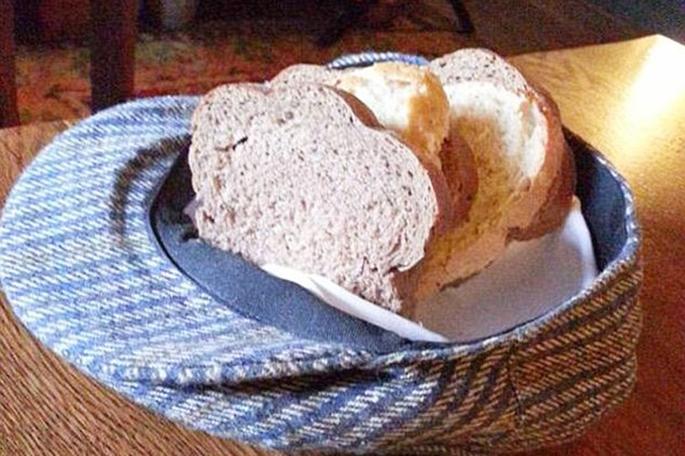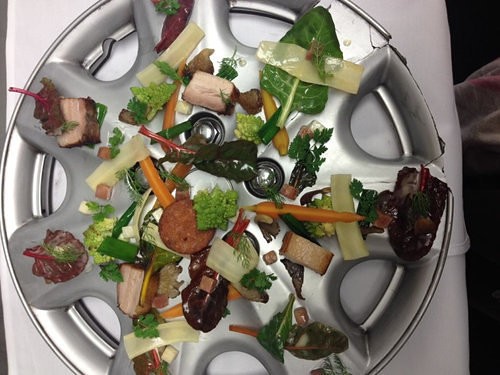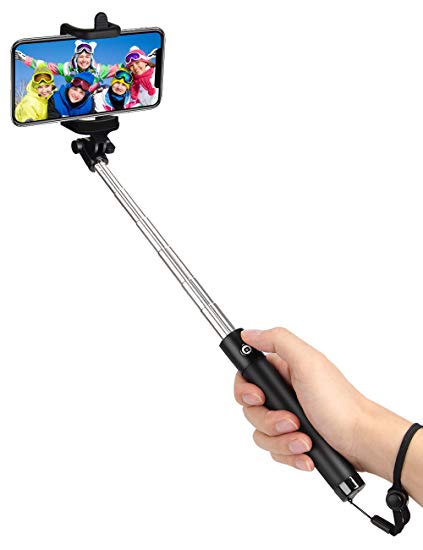Throughout history, people have decorated their homes with non-functional artefacts. Even prehistoric people carved and painted decorative objects which were often used as symbols or to tell stories.

Sculpted from mammoth ivory and found in a a cave in Germany this 40,000-year-old image is 31 centimetres tall. It has the head of a cave lion with a partly human body.
But tastes change, as do the available materials and techniques. This is a very brief run-through of some of the ornamental items I recall from my childhood.
In the 1950s, when I was very young, many of the houses of older relatives were very old-fashioned compared to fifties styles. Many of the things in my grandmother’s home would have looked quite in keeping in Victorian times.

I remember seeing these domes in houses. They sometimes had small stuffed animals or dried butterflies in them as well as the dried flowers.
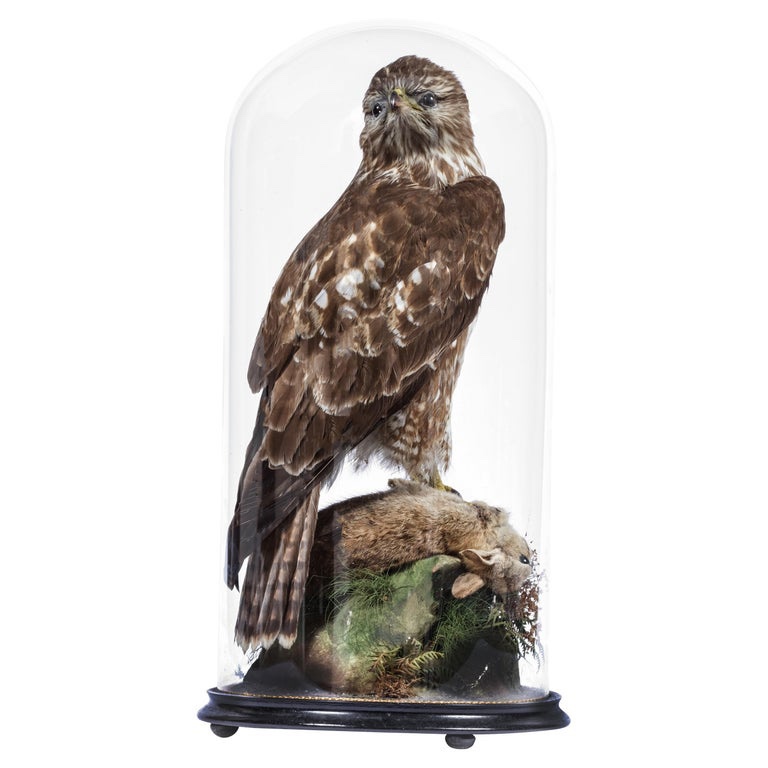
It wasn’t uncommon then to see a stuffed animal or bird on the sideboard of an elderly relative.

Many older people in my childhood had these pairs of china dogs on their mantlepieces or in the hearth.
When I was a child I remember these china flower ornaments being very popular with our mums. They were the kind of thing you bought her for her birthday or Christmas.


My mum had one very like this. The tutu was real net stiffened with something like starch or glue. I washed it once when I was helping Mum with the spring-cleaning – and her tutu went soft and fell off!

My mum had one exactly like this one!


Wade ornaments were also popular here in the fifties. In the Spring we used to pick primroses and float them in the water in the ‘log’.

In the sixties I remember Wedgewood items being an item you would buy a mum, grandmother or an aunt.

I then remember crystal or cut glass becoming a ‘thing’ in the 60’s. There were glasses and decanters but also ornamental dishes, trays and even bells.
Credit to Google, Google Images and Wikipedia.
As always I make every effort not to infringe copyright. However, if anyone objects to my use of any image, please contact me and it will be removed.


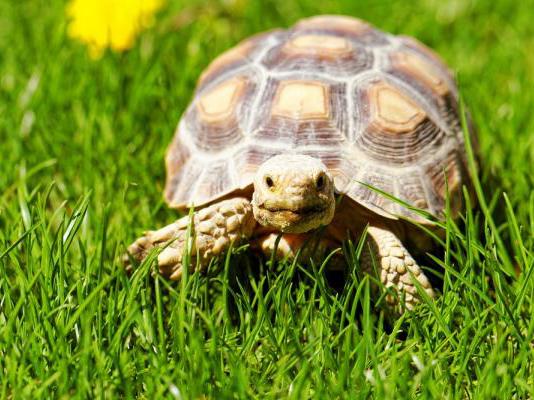







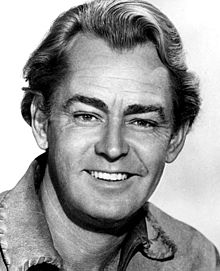


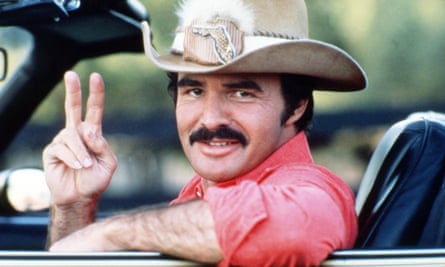

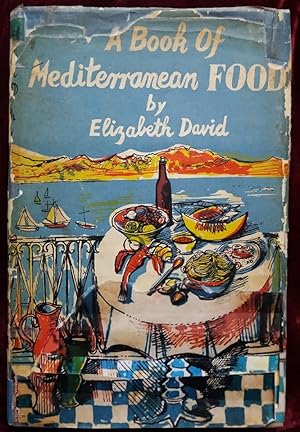

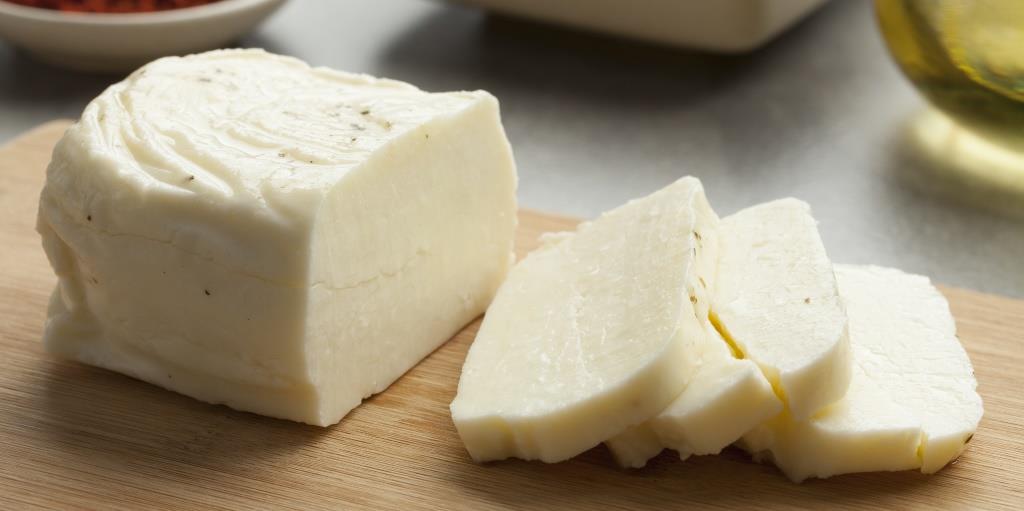
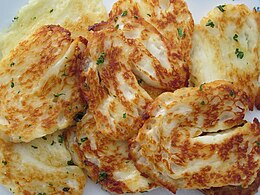





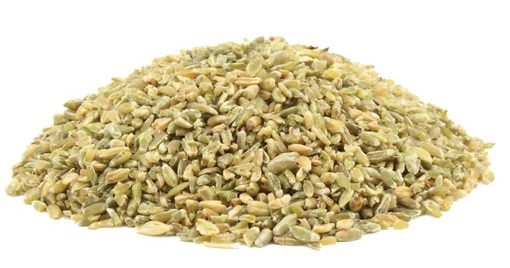






 Meal served on a wooden board.
Meal served on a wooden board. A piece of slate serves as a plate.
A piece of slate serves as a plate.

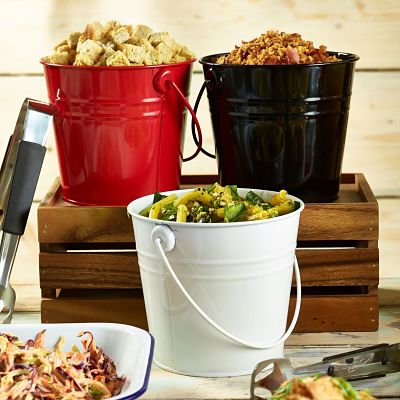

 A wooden board
A wooden board 